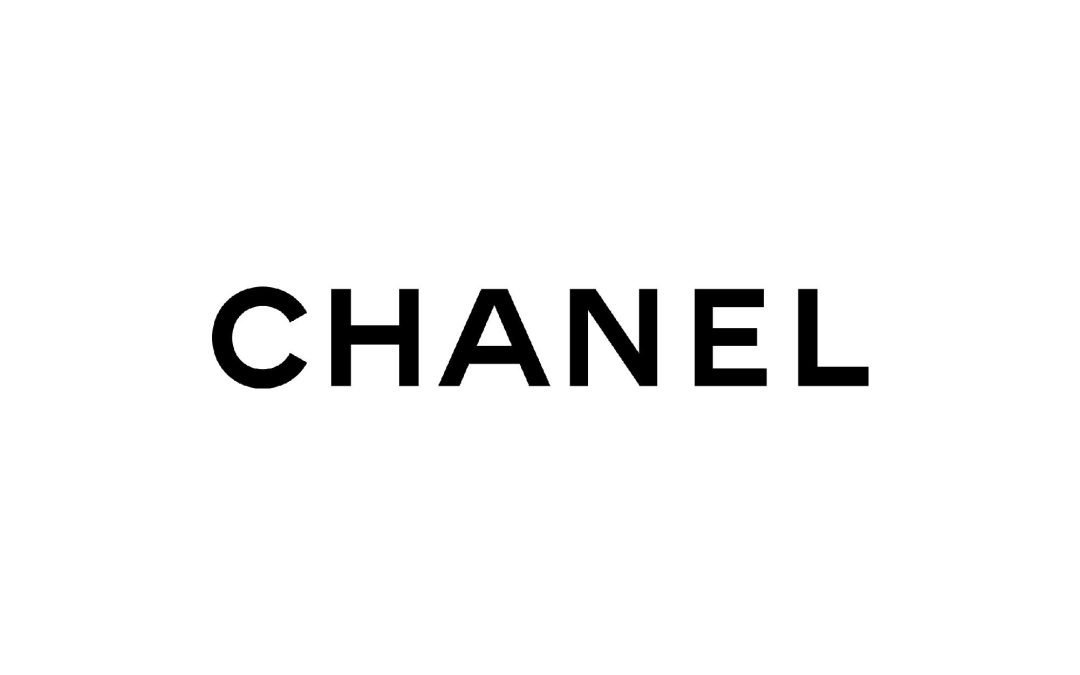Key Takeaways
- Chanel is moderating its pricing strategy amid a 4.3% decline in global sales.
- In 2024, Chanel’s revenues fell to $18.7 billion, with a significant operating profit drop of 30%.
- The brand remains focused on geographic expansion and supply chain integration, maintaining capital expenditure at $1.8 billion for 2025.
Chanel’s Sales and Pricing Adjustments
Chanel has announced a strategic shift in its pricing approach due to a decline in global sales, which fell by 4.3% in 2024. The luxury brand’s total revenues reached $18.7 billion, accompanied by a significant 30% drop in operating profit to $4.5 billion. This downturn is attributed to uneven performance across its key markets, particularly in the Asia-Pacific region, which reported a 7.1% decrease in sales. In contrast, Europe experienced modest growth, indicating a mixed performance landscape.
Despite facing these challenges, Chanel’s fragrance and beauty segments demonstrated resilience, propelled primarily by strong demand for makeup and skincare products. In light of economic uncertainty and potential tariffs in the U.S. market, Chanel has decided to adopt a more cautious approach to pricing increases. This reflects the brand’s awareness of changing consumer sentiment and affordability issues that may affect purchasing decisions.
Looking ahead, Chanel plans to maintain a capital expenditure of $1.8 billion in 2025. The investment will focus on enhancing supply chain integration and expanding its boutique presence in emerging markets such as India, Mexico, and Canada. This strategic decision aims to fortify Chanel’s position in the beauty market while navigating a softening luxury landscape.
The modification in pricing strategy signals Chanel’s intent to adapt to the evolving economic environment and consumer behavior, ensuring that it can continue to protect and grow its beauty business during challenging market conditions. As it balances growth and affordability, Chanel remains committed to expanding its global reach and operational capabilities to meet both consumer needs and market demands.
The content above is a summary. For more details, see the source article.















